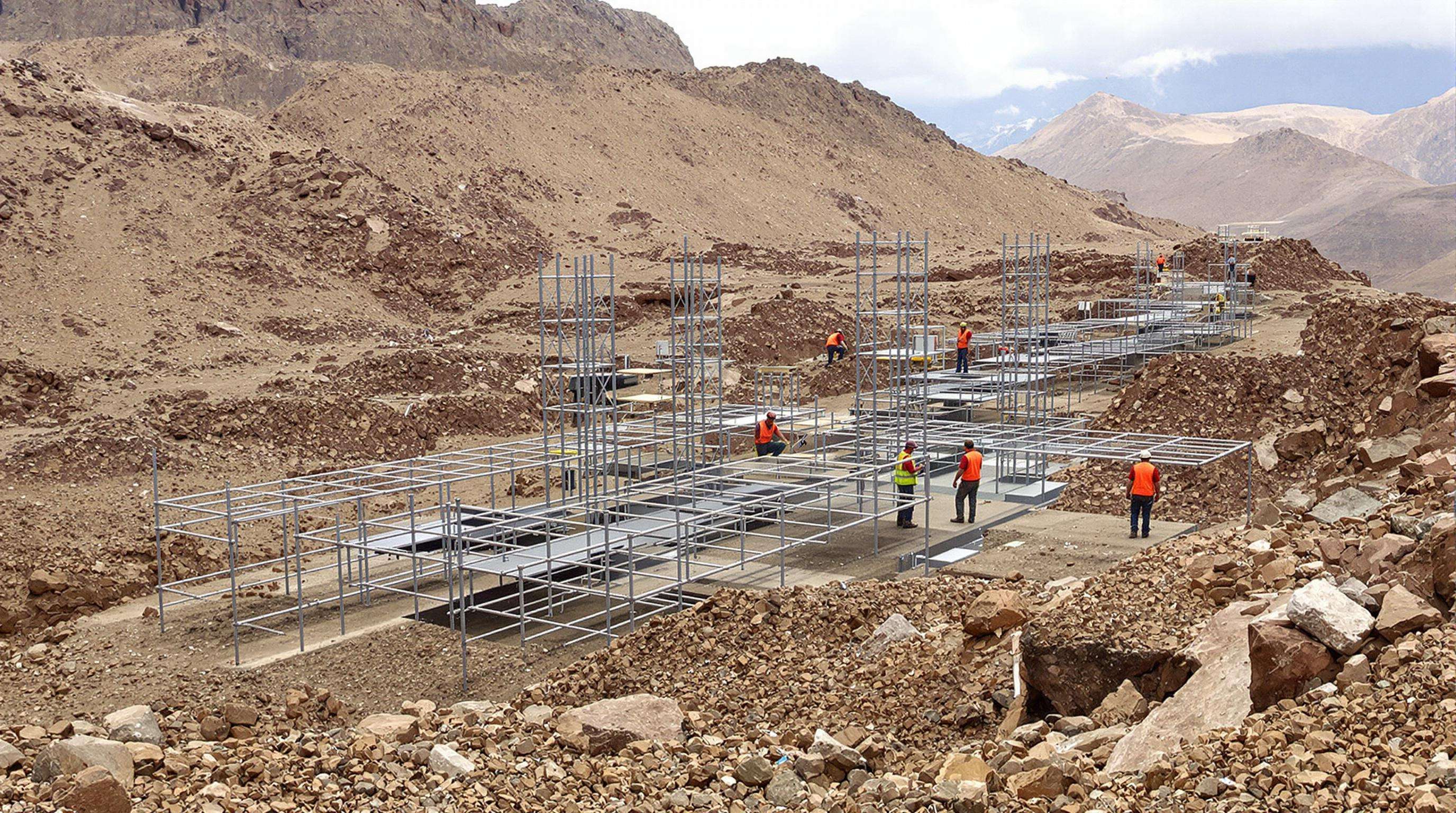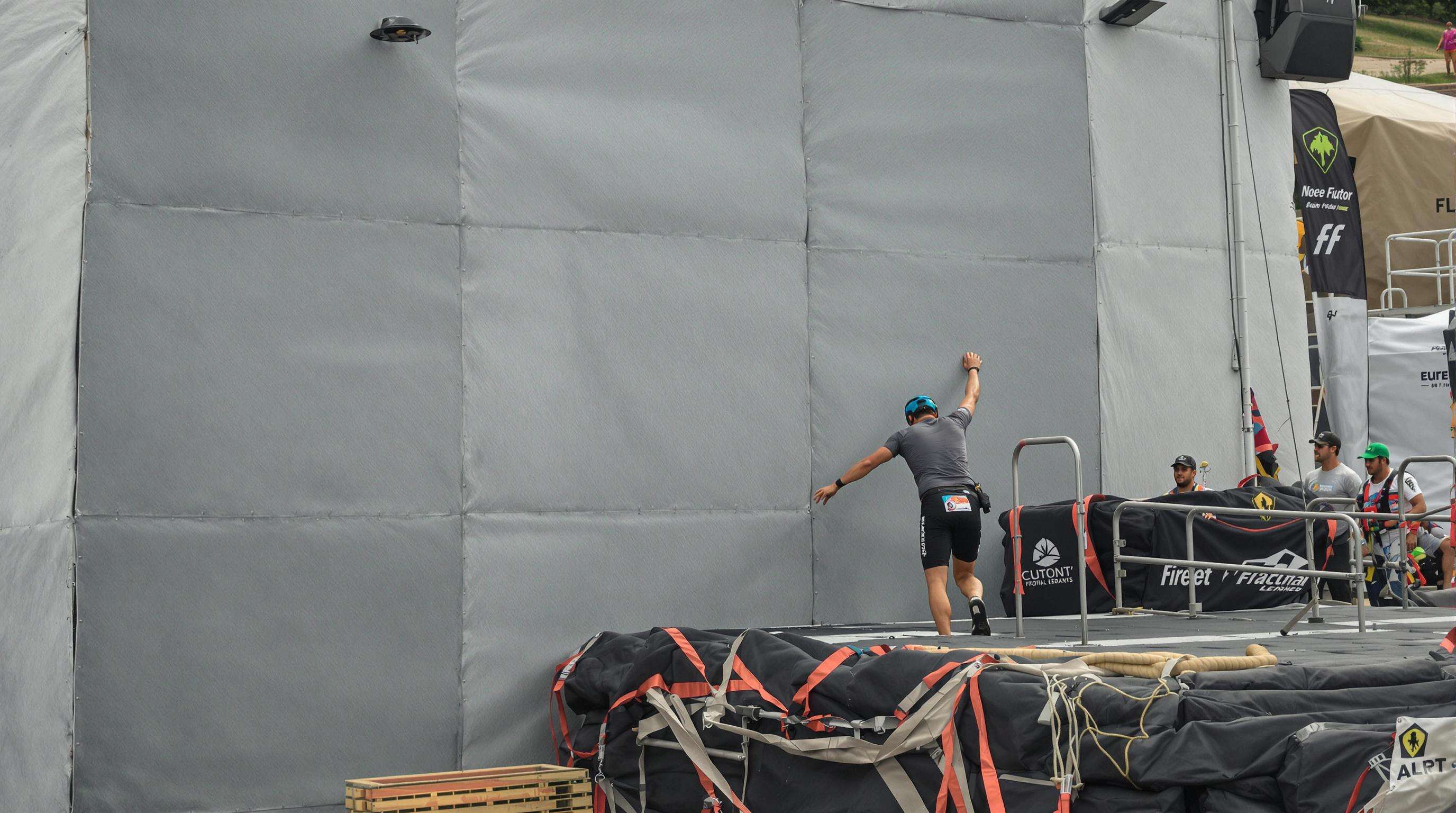Key Considerations When Sourcing Obstacle Courses for Endurance Racing Events
Design and Structural Integrity of Obstacle Courses for Endurance Racing

Modern obstacle course design for endurance racing demands meticulous attention to structural integrity, balancing physical challenges with participant safety. Innovations in materials science and terrain integration now allow organizers to create courses that withstand extreme use while maintaining functionality across diverse environments.
Core Principles of Obstacle Course Design for Competitive Endurance Events
Good obstacle courses start easy and get tougher as people move through them, gradually challenging their strength, agility, and mental toughness. Most modern courses are built to handle everyone from beginners to pros. They have adjustable parts so folks can skip or modify obstacles if needed. Safety is also a big concern, which is why most courses include things like soft landings and rounded corners on equipment. When it comes to layout, course designers think carefully about how obstacles are spaced out. Too close together causes bottlenecks, but spread too far apart and the race loses momentum. Finding that sweet spot keeps things flowing smoothly without slowing down the action.
Engineering Durable, Weather-Resistant Obstacle Frameworks
Racing tracks that see constant action need materials built to withstand lots of wear and tear plus whatever weather throws at them. Most modern modular obstacles are made from powder coated steel alloys mixed with UV stabilized polymers. These combinations resist rust pretty well and can hold weights around 1200 pounds without buckling. Some recent research from 2023 looked at how long different materials last under stress. They found that certain fiber reinforced substrates keep their shape even after being used thousands of times. That kind of endurance makes sense when obstacles have to be set up and taken down repeatedly across multiple events throughout the season.
Integrating Natural and Artificial Terrain for Enhanced Challenge and Safety
Using what nature already provides rocks, water sources, hills and valleys cuts down on building expenses while making each course stand out from others. Artificial elements such as portable mud traps and height adjustable wall sections work alongside these natural elements so everyone faces roughly the same difficulty level during their climb. The combination of man made and natural elements makes for safer conditions too since we can attach synthetic challenges directly onto solid ground formations rather than relying solely on temporary setups that might shift around unexpectedly.
Case Study: Evolution of Spartan Race Obstacle Engineering
After analyzing 12 seasons of participant feedback and structural performance data, a leading endurance racing series overhauled its obstacle systems. The updated rigging incorporates quick-release mechanisms and standardized connection points, enabling rapid reconfiguration. This innovation reduced equipment replacement costs by 34% and significantly improved obstacle stability across varied terrains.
Trend Analysis: Modular and Reusable Obstacle Course Systems
Modular design is transforming event sustainability. Interlocking components allow organizers to generate over 200 unique course layouts from a core set of 30 units. These systems cut storage requirements by 60% compared to fixed installations and align with ISO 14001 standards for environmental management in large-scale sporting events.
Safety Standards and Injury Prevention in Obstacle Course Racing

Evaluating Obstacle Design Against International Safety Standards
The sport of obstacle course racing needs to follow certain safety rules, including ASTM International's F2959-23 standard. This covers things like how strong structures need to be, what kind of grip surfaces should have, and protections against falls. For example, those tall 8 foot walls now have to hold up four times what someone weighs when they jump on them. That's actually double what older courses used to require back in the day. Since these new standards came into play around 2020, there's been a pretty big drop in structural problems across the industry, somewhere around 63 percent fewer incidents overall.
Common Injury Risks and Evidence-Based Mitigation Strategies
A 2023 analysis of 15,000 OCR participants identified key injury patterns:
- 42% from improper dismounts (e.g., walls, monkey bars)
- 28% due to abrasions from rough surfaces
- 19% caused by collisions in water obstacles
Effective countermeasures include mandatory pre-obstacle briefings, neoprene-coated grips, and padded landing zones. Angled dismount platforms have reduced ankle sprains by 51% by guiding participants' momentum safely to the ground.
Onsite Safety Protocols: Staffing, Monitoring, and Emergency Response
The ideal safety staffing setup typically maintains about one trained person for every fifty attendees. This allows for better risk control thanks to things like RFID tracking systems, cameras watching those tricky spots where accidents might happen, and first aid points spread throughout the venue instead of just one central location. With GPS tracked vehicles, medical staff can get to incidents much faster these days. Response times have dropped down to around ninety seconds on average, which is way better than what we saw before when it took nearly four and a half minutes for help to arrive during past events.
Balancing Physical Challenge with Participant Safety
According to the OCR Industry Alliance, 89% of athletes find safety-enhanced courses equally challenging. Features like breakaway footholds on vertical climbs prevent catastrophic falls without reducing difficulty. Dynamic adjustments—such as lowering rope heights in wet conditions—have cut weather-related incidents by 77% while maintaining 94% participant satisfaction.
Enhancing Participant Experience Through Obstacle Course Design and Engagement
Creating Thematic and Memorable Obstacle Challenges
Narrative-driven course themes—such as "apocalypse survival" or "mythical quests"—are now used by 64% of race organizers, correlating with higher participant satisfaction. Modular systems enable rapid reconfiguration to support event-specific storytelling, turning physical challenges into immersive experiences that stand out in a competitive endurance market.
Balancing Difficulty and Accessibility to Maximize Inclusivity
Adjustable-height walls and optional bypass routes allow real-time difficulty customization. Venues using tiered challenge systems report a 43% broader age range of participants (18–65 years) compared to traditional courses (18–35). This adaptability addresses the "intimidation factor," cited by 32% of new registrants as a primary barrier to entry, while preserving competitive integrity.
Participant Insights: Why 78% Prioritize Fun Over Winning in Obstacle Races
A 2023 endurance sports survey found that only 22% of participants track their completion times. Most value camaraderie and novel experiences over competition. This shift has driven the adoption of team-based obstacles requiring collaborative problem-solving, which boost social engagement metrics by 57% compared to individual challenges.
Designing for Social Sharing and Community Participation
Obstacles now incorporate built-in photo opportunities—such as elevated platforms and vibrant finish arches—that generate 3.2× more social media shares than standard courses. Strategically placed GoPro zones and event-specific hashtags encourage online sharing, with 89% of participants more likely to return after posting their race experience.
Logistics, Equipment, and Operational Management of Obstacle Events
Planning Equipment Needs: Walls, Ropes, Hurdles, and Modular Units
The equipment used for endurance obstacle courses needs to be both tough and flexible enough to handle whatever challenges come its way. According to data from the Endurance Sports Association released last year, around two thirds of all new course setups are using modular components these days because they can be rearranged so easily between different types of terrain. When it comes down to what makes good quality gear, there are several important factors to consider. Walls should definitely hold at least 1500 pounds per square foot, which means they won't buckle under pressure during intense training sessions. Ropes need about eight times their working load as a safety buffer too. And those collapsible hurdles? They must stay intact even after being set up and taken down countless times over months or years. Meeting standards like ASTM F3013-22 isn't just paperwork either; it actually guarantees that everything from wall panels to climbing holds can survive getting soaked by rain, dragged through mud pits, and left out in sunlight day after day without deteriorating.
Professional Staffing vs. Volunteer Reliance: Risks and Trade-offs
Volunteer crews can cut down on operating expenses somewhere around 40 to 60 percent according to recent studies, but when it comes to keeping people safe, bringing in certified pros makes a real difference. The Sports Safety Initiative found that having qualified staff in place actually lowers injury rates by nearly 20% during those high risk moments. Some key roles need proper certification too. Obstacle spotters should have at least 20 hours of hands-on training before they're out there watching for problems. Medical personnel with ACLS certification must be stationed close to any water based challenges where emergencies might happen fast. And someone needs to know how all those timing systems work properly so results aren't lost or mixed up. Most successful events seem to strike gold with about 70% professionals handling the serious stuff alongside 30% volunteers who help with logistics and crowd management. This blend keeps things running smoothly without breaking the bank.
Ensuring Race Quality Through Efficient Event Organization
The use of pre-race checklists has cut down on setup mistakes quite dramatically across multiple race locations according to the Race Directors Guild report from last year, around 78% reduction actually. What do these checklists typically cover? Well, they involve checking all equipment about 72 hours before the event starts, making sure those RFID timing systems are properly calibrated, plus running through crowd movement scenarios so we can spot any potential traffic jams ahead of time. Looking at what people say after events, most racers seem to link good race experiences with how organized things look on site. About 89 percent mention seeing things like colored zones marking different areas and those digital screens showing where obstacles are placed in real time makes a big difference in their overall impression of the event quality.
FAQ
What materials are commonly used in modern obstacle course design?
Modern courses use materials such as powder-coated steel alloys and UV-stabilized polymers which offer durability and resistance to rust.
How do obstacle course designers ensure participant safety?
They integrate features like soft landing zones, rounded equipment corners, and compliance with standards like ASTM F2959-23 to enhance safety.
What role does natural terrain play in obstacle course design?
Natural elements like rocks and water sources are used to reduce construction costs and enhance course uniqueness while ensuring safety through stable setups.
How have modular obstacle designs impacted event sustainability?
Modular designs allow numerous layout variations from a standard set, reducing storage and meeting environmental standards in sports events.
What are common injury risks in obstacle course racing?
Typical injuries include dismount mishaps, abrasions, and collisions in water obstacles, with measures like padded zones reducing risks.

